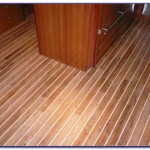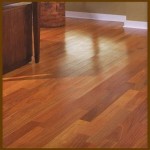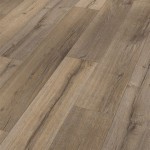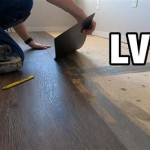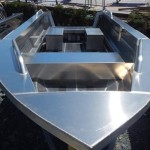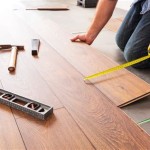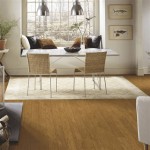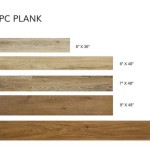Tile vs Wood Flooring: Weighing the Pros and Cons
Choosing between tile and wood flooring is a significant decision for homeowners seeking to enhance the aesthetics and functionality of their living spaces. While each material offers unique advantages and limitations, understanding their key characteristics is crucial for making an informed choice that aligns with your specific needs and preferences.
Pros of Tile Flooring
- Durability: Tile is renowned for its exceptional durability, withstanding heavy foot traffic and resisting scratches and dents.
- Water Resistance: Ceramic and porcelain tiles are completely waterproof, making them ideal for moisture-prone areas like bathrooms, kitchens, and entryways.
- Low Maintenance: Tile is relatively easy to clean and maintain, requiring only regular sweeping or mopping.
- Versatility: Tiles come in a wide array of styles, colors, and textures, allowing for endless design possibilities.
Cons of Tile Flooring
- Cold and Hard: Tile floors can feel cold and hard to the touch, especially during winter months.
- Grout Maintenance: Grout lines between tiles require regular cleaning and sealing to prevent discoloration and stains.
- Installation Cost: Tile installation is typically more expensive than wood flooring, especially for intricate designs or large areas. li>Noise: Tile floors can be noisy when walking on or dropping objects, particularly in open areas.
Pros of Wood Flooring
- Warmth and Comfort: Wood floors provide a warm and inviting ambiance, making them ideal for bedrooms, living rooms, and dining rooms.
- Natural Beauty: The natural grain and texture of wood floors add character and elegance to any space.
- Refinish Potential: Wood floors can be sanded and refinished multiple times, allowing for updates to its appearance and extending its lifespan.
- Sound Absorption: Wood floors absorb sound better than tile, creating a quieter and more comfortable living environment.
Cons of Wood Flooring
- Water Sensitivity: Wood floors are susceptible to water damage, warping or buckling when exposed to excess moisture.
- Maintenance Requirements: Wood floors require regular cleaning, polishing, and occasional refinishing to maintain their optimal condition.
- Scratch and Dent Potential: Wood floors can be prone to scratches and dents, especially if not properly protected with rugs or furniture pads.
- Allergies: Wood floors can trap dust and allergens, which may be a concern for individuals with respiratory sensitivities.

Wood Look Tile Flooring Pros Cons

Wood Look Tile Flooring Pros Cons

Pros And Cons Of Wood Look Porcelain Tiles

Wood Look Tile Vs Which Flooring Is Better Pros And Cons

Tile Vs Wood Flooring Major Differences Pros Cons And Costs Forbes Home

The Pros And Cons Of Tile Vs Hardwood Flooring Carlisle Wide Plank Floors

Wood Look Tiles Flooring Pros Cons Installation Maintenance Why We Choose Like Tile Rather Than Wooden

5 Pros And Cons Of Wooden Flooring Sdhome Guide

Hardwood Flooring Vs Tile Planks That Look Like Pros And Cons The Girl

Pros And Cons Of Tile That Looks Like Wood Doorways
Related Posts

